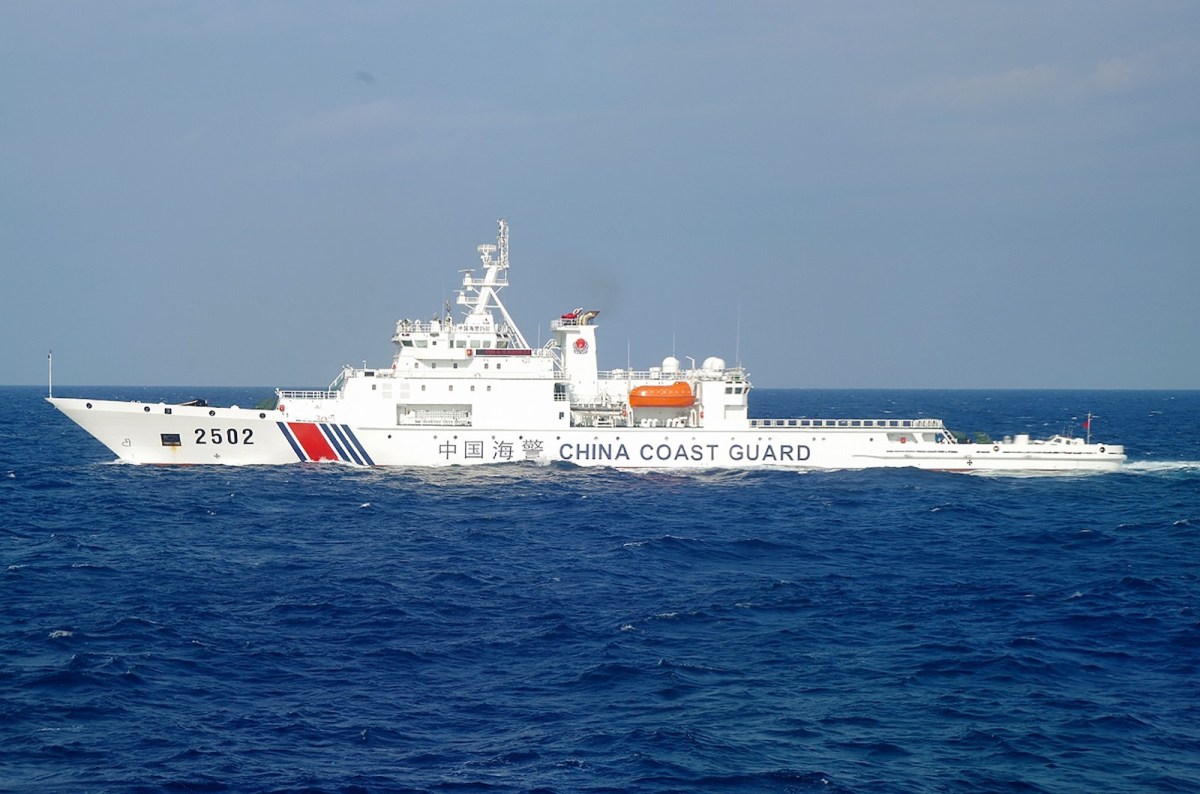[ad_1]
A major challenge and harbinger for the foreign policy of US President Joe Biden’s administration will be how to deal with an increasingly assertive Beijing in the South and East China Seas. Biden has proclaimed that “diplomacy is back at the center of our foreign policy.†But that has not been evident so far in the administration’s approach to the China Seas.
Although the White House says it is “not in a rush†regarding its China policy, it is urgent that the US formulate and implement a new approach in the South and East China Seas – if that is in fact what it intends to do.
The question in the minds of China’s leaders and those of most Asian countries is, “Will it be more of the same Trumpian militarist approach or will diplomacy really take the lead as claimed by Biden and advocated by his Indo-Pacific coordinator Kurt Campbell?â€
If a change in Biden’s goals or approach is under consideration, this should be communicated pronto both to Beijing and to those countries caught in between the US and China. Otherwise they will assume from US actions that his policy will be more of the ineffective, militarily risky and counterproductive same and prepare and respond accordingly.
Under former president Donald Trump’s administration, America’s approach to the South China Sea issues was an inconsistent hodgepodge of lies regarding intent, hypocrisy, demands, confrontation and military intimidation. For members of the Association of Southeast Asian Nations it was an incoherent mixture of “you are either with us or against us,†America First nationalism, and embarrassment of its leaders by Trump’s repeated absences from their annual summit.
So far Biden’s team is continuing more of the same. In the first six weeks of his administration, the US Navy executed two freedom of navigation operations (FONOPs) in the South China Sea, two warship transits of the sensitive Taiwan Strait – to demonstrate “the US commitment to a free and open Indo-Pacific†– and deployed two aircraft-carrier strike groups to the South China Sea to “ensure freedom of the seas.â€
The Biden administration has also signaled that it will continue its tactics of military intimidation. It has announced that US warships and fighter jets will join the planned deployment of the UK’s Queen Elizabeth carrier strike group to the South China Sea.
Also, there are no signs of change from the anti-China reorientation of the US Defense Department budget and its organization initiated by Mark Esper, one of Trump’s defense secretaries.
Moreover, new Secretary of State Antony Blinken declared that he agreed with Trump’s “get tough†strategy toward China but disagreed with his tactics. This indicated a continuance of Trump’s goal of hegemony in the region rather than the “balance†and “competitive co-existence†advocated by Campbell and Biden’s national security adviser Jake Sullivan.
These actions and statements have disappointed many Southeast Asian countries because they send a signal that stability in the South China Sea is not likely in the foreseeable future. Indeed, this approach only begets tit-for-tat responses from China that increases militarization on both sides and worries Southeast Asian countries that would suffer the collateral damage of any conflict.
The tense situation could begin spiraling out of control at the slightest stimulation. In a major gaffe, US State Department spokesman John Kirby stated that regarding the East China Sea, “We hold with the international community about the Senkakus and the sovereignty of the Senkakus, and we support Japan obviously in that sovereignty.â€
This statement contradicted US policy that supports Japan’s administration of the features but recognizes that there is a sovereignty dispute and that “any conflicting claims to the features are a matter for resolution by the parties concerned.†However, the US has confirmed that the features fall under the protection of the US-Japan Mutual Cooperation and Security Treaty.
Kirby’s statement was quickly corrected by another spokesman but the damage was done, as Japan’s news media trumpeted this “shift†in US policy and China reacted angrily.
China justifies its stepped-up Coast Guard patrols in the waters around the Senkaku/Diaoyu islands by saying they are its “inherent territoryâ€; that Japanese boats are fishing illegally in China’s claimed territorial seas; and that Japanese nationalists are trying to land on them, which China is trying to prevent.
Ironically, US policy also opposes any change in the status quo there. But from China’s perspective Japan changed the status quo in 2012 by nationalizing the features and aggressively consolidating its illegal seizure of China’s territory and territorial waters.
So far the Biden administration’s behavior in both the East and South China Seas is the same old tried and failed attempt to intimidate Beijing and reassure the rest of Asia with displays of military force.
Most observers did not expect the Biden administration to change fundamental US goals of maintaining presence and balance in the region. But many did hope that the new administration’s approach would be softer in tone and tenor and thus a relief from the dangerous and counterproductive rhetoric and actions of the Trump administration. But so far all they see is continuing instability and a drift toward confrontation and conflict.
Biden’s initial continuation of a militarist approach may only be a holdover to strengthen the US bargaining position. But to pivot toward co-existence and cooperation, the US has to accommodate to some extent China’s legitimate interests and aspirations by sharing power – when, on what issues, how, and how much are to be negotiated.
If it wants to signal change, it had better do so quickly before the cycle of tit-for-tat risks spiraling out of control.
[ad_2]
Source link













